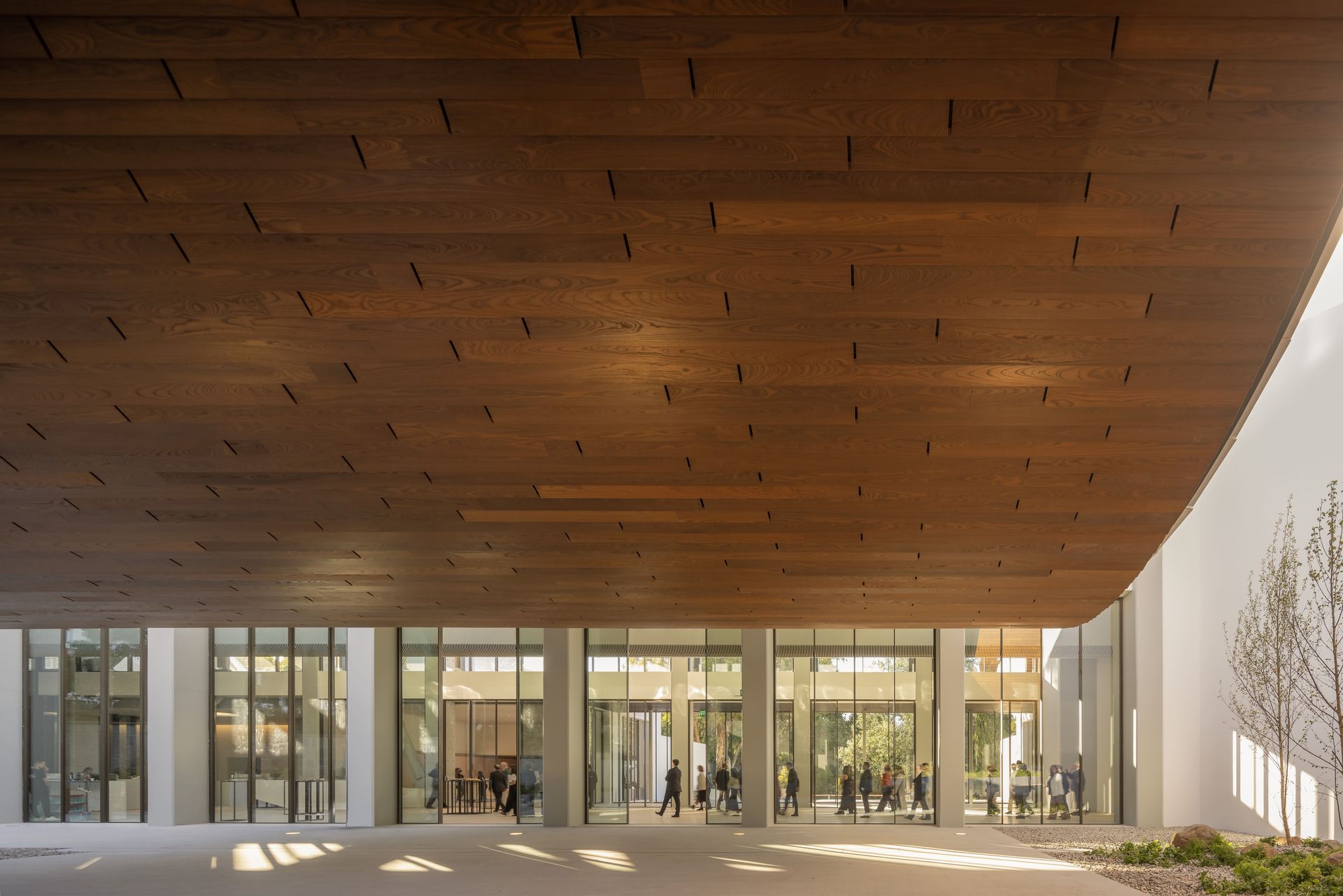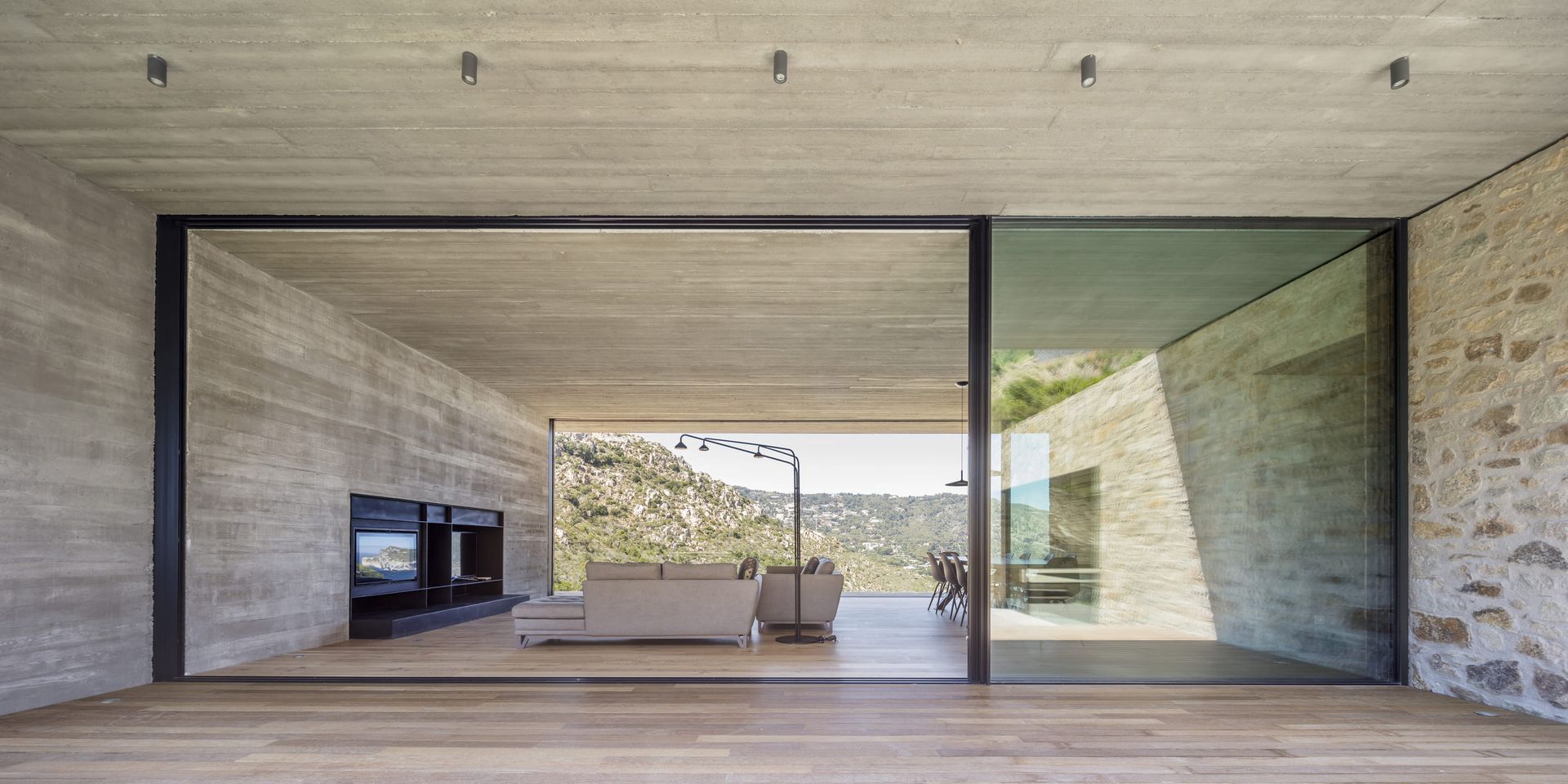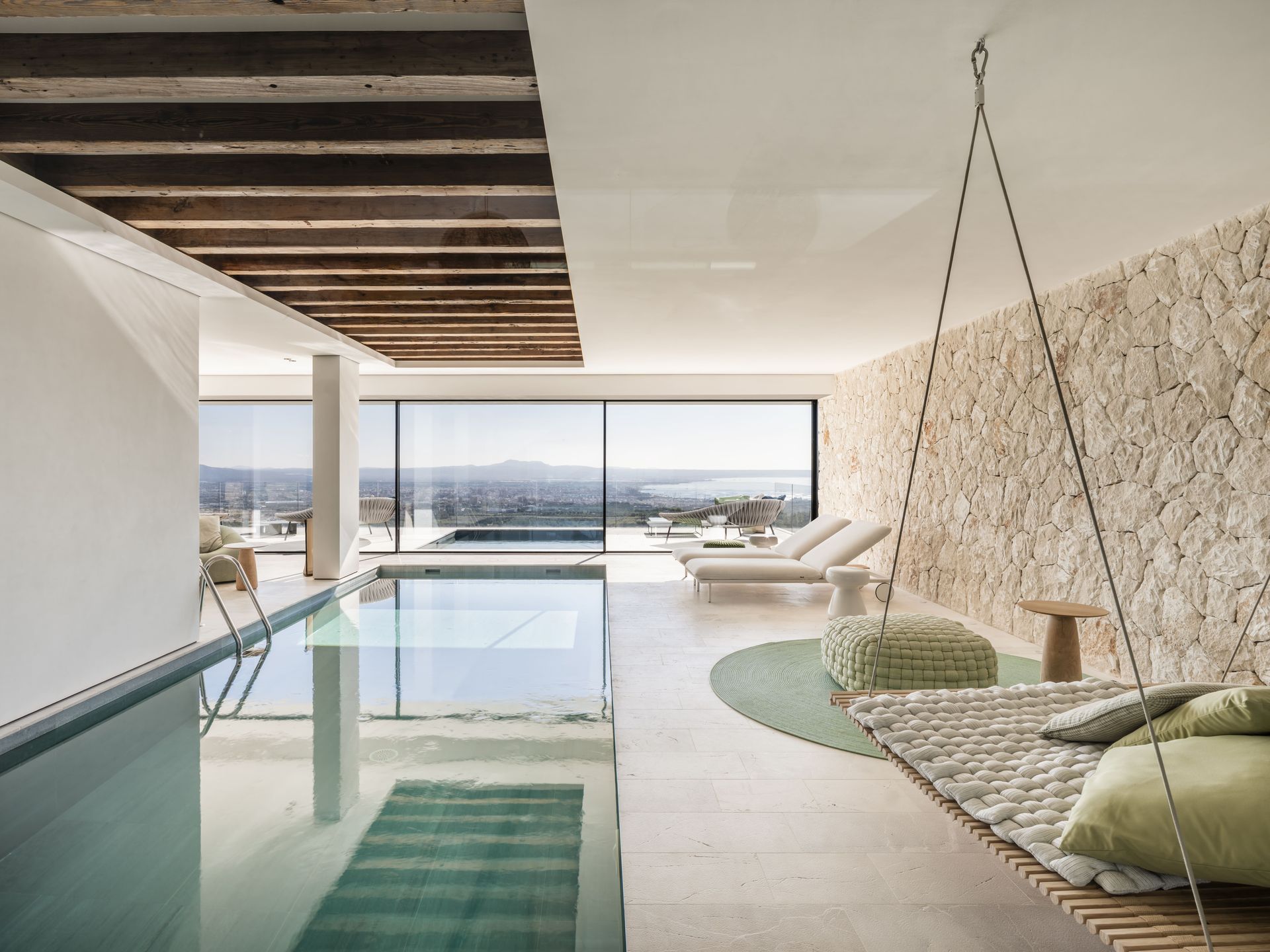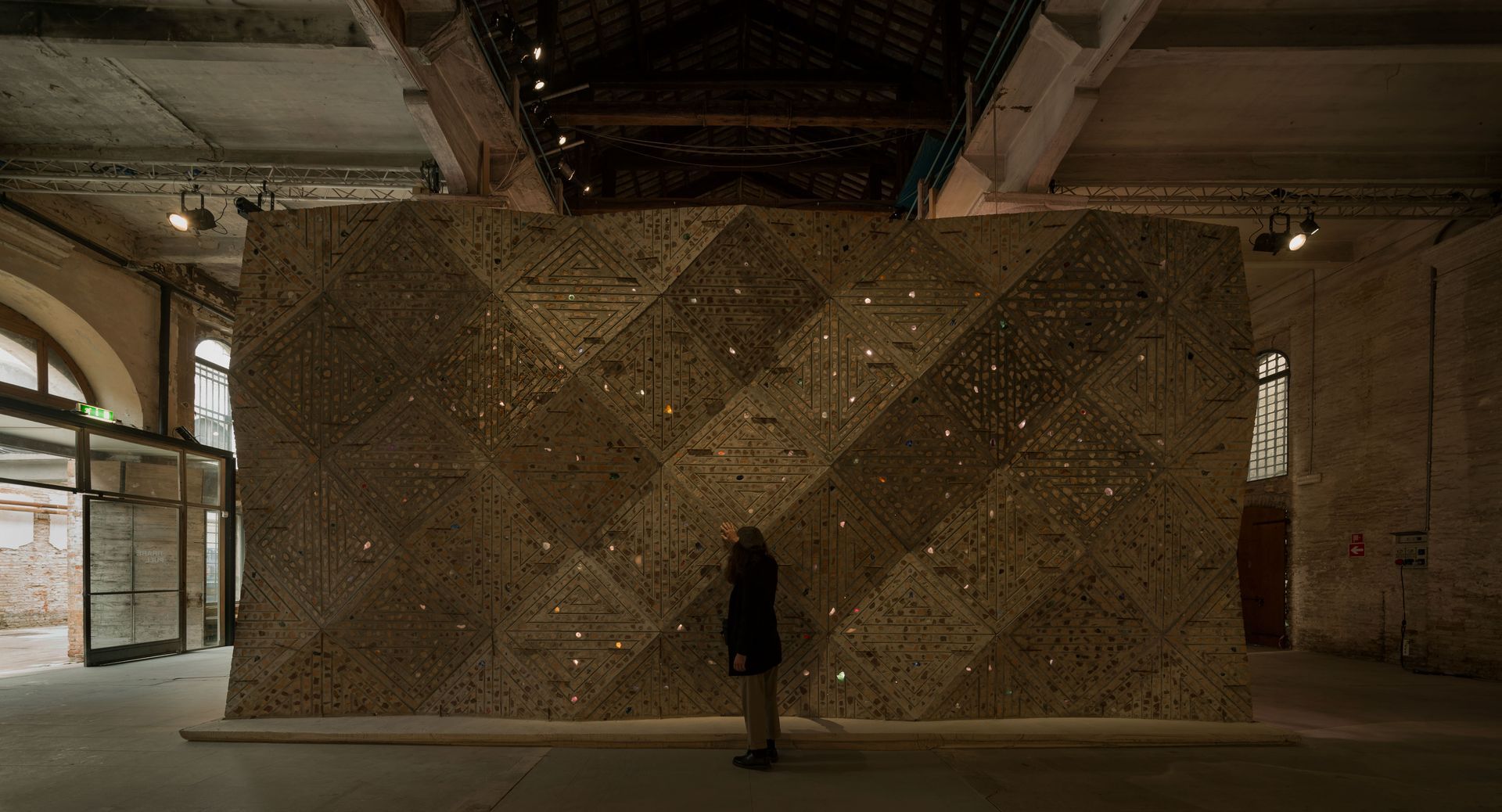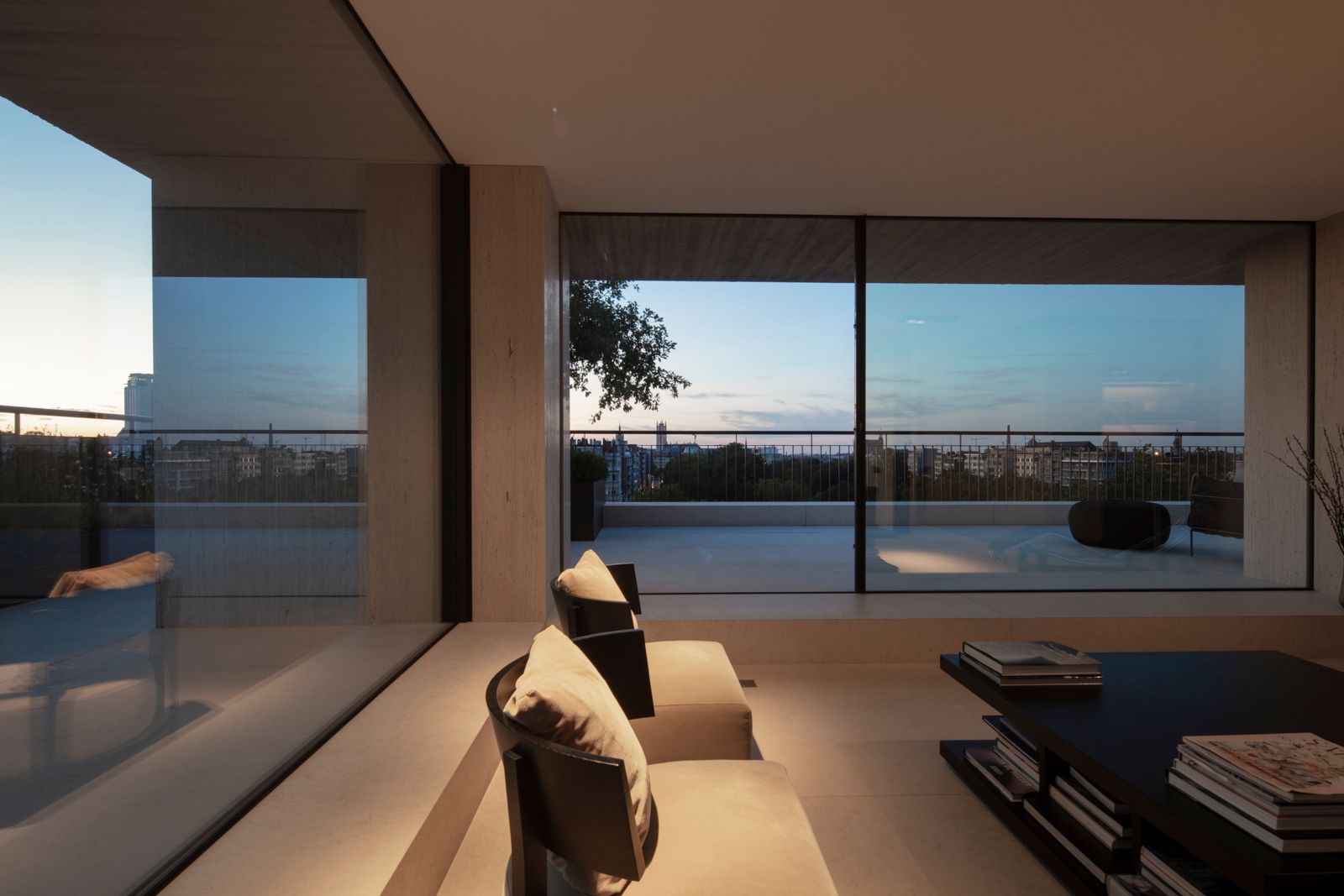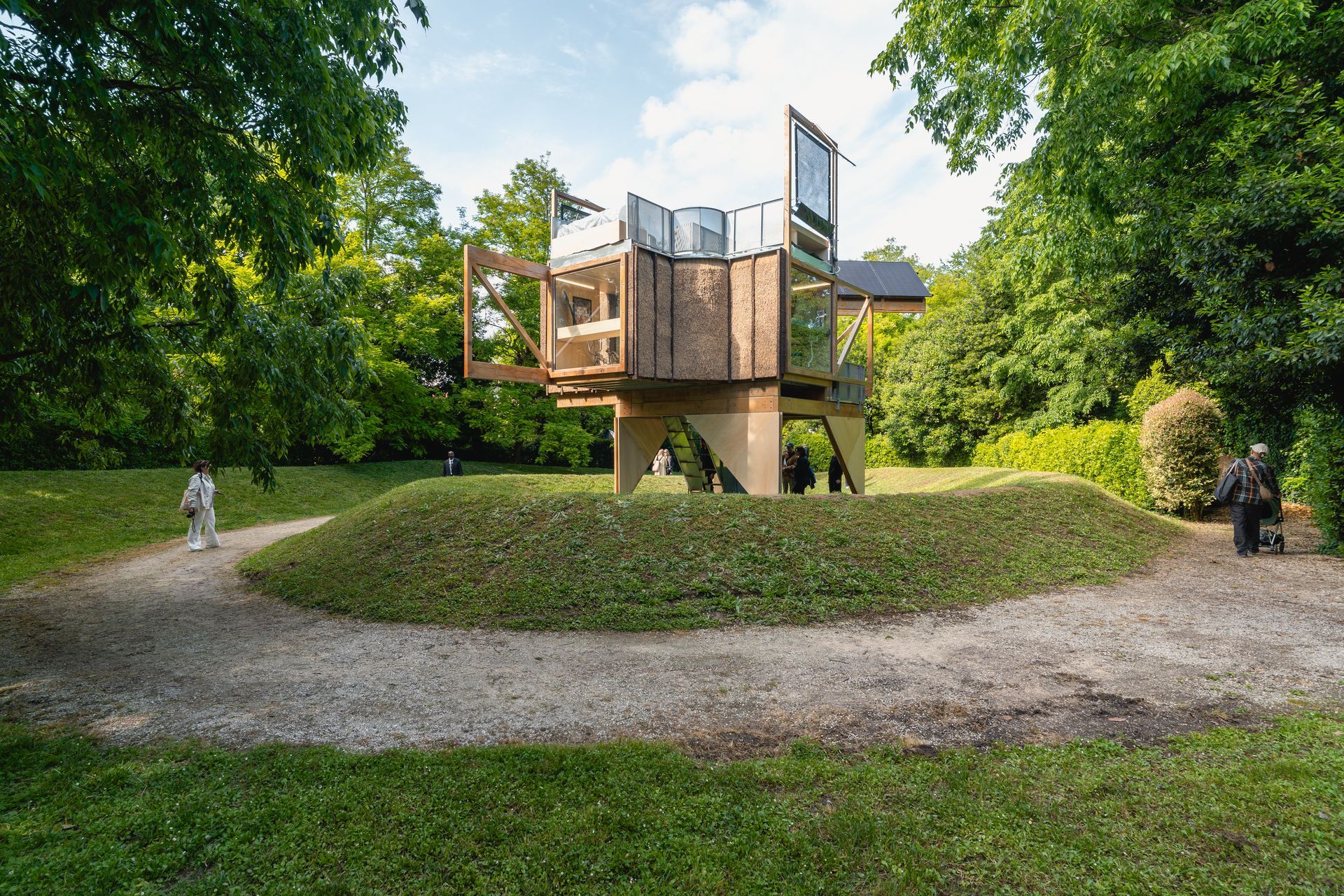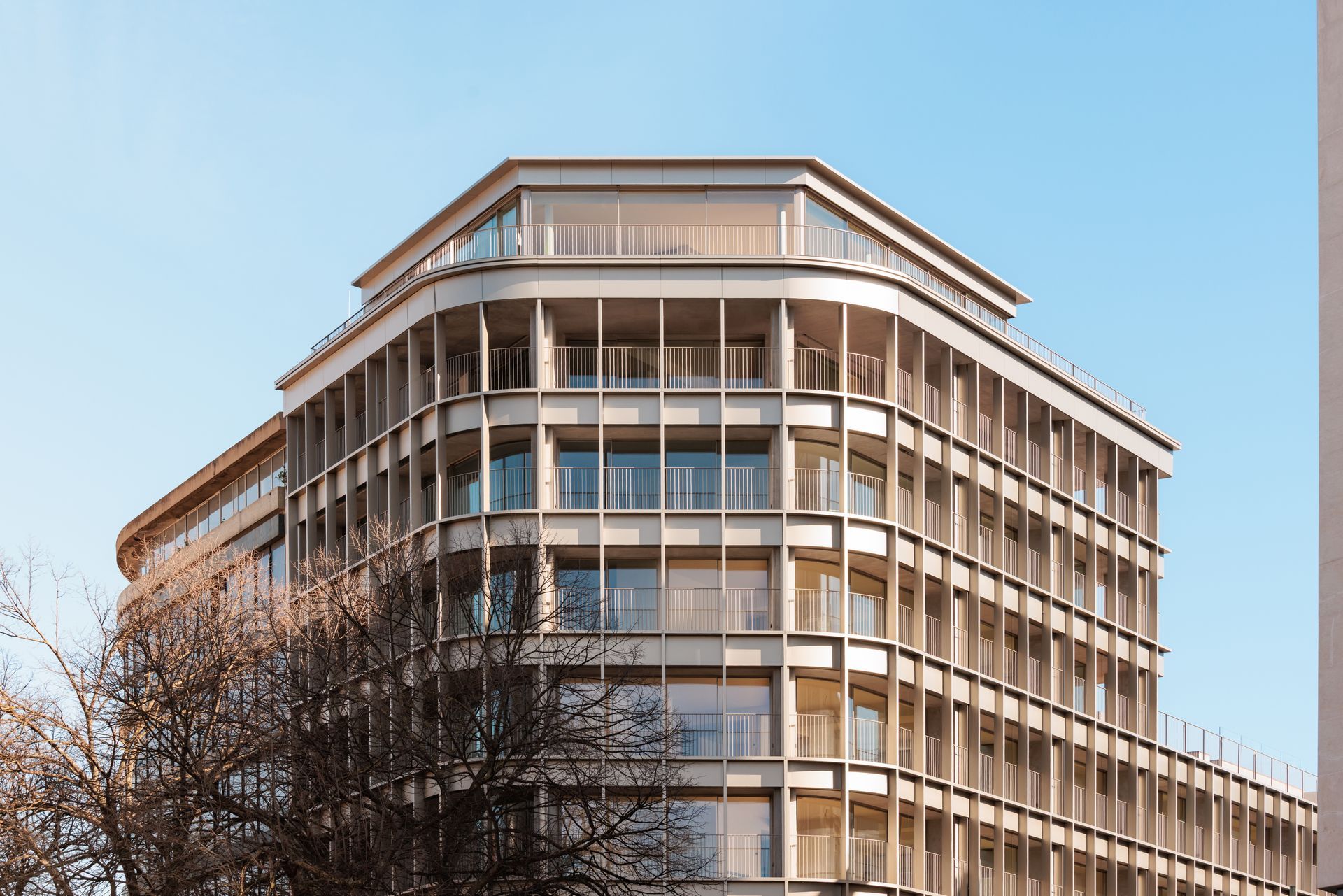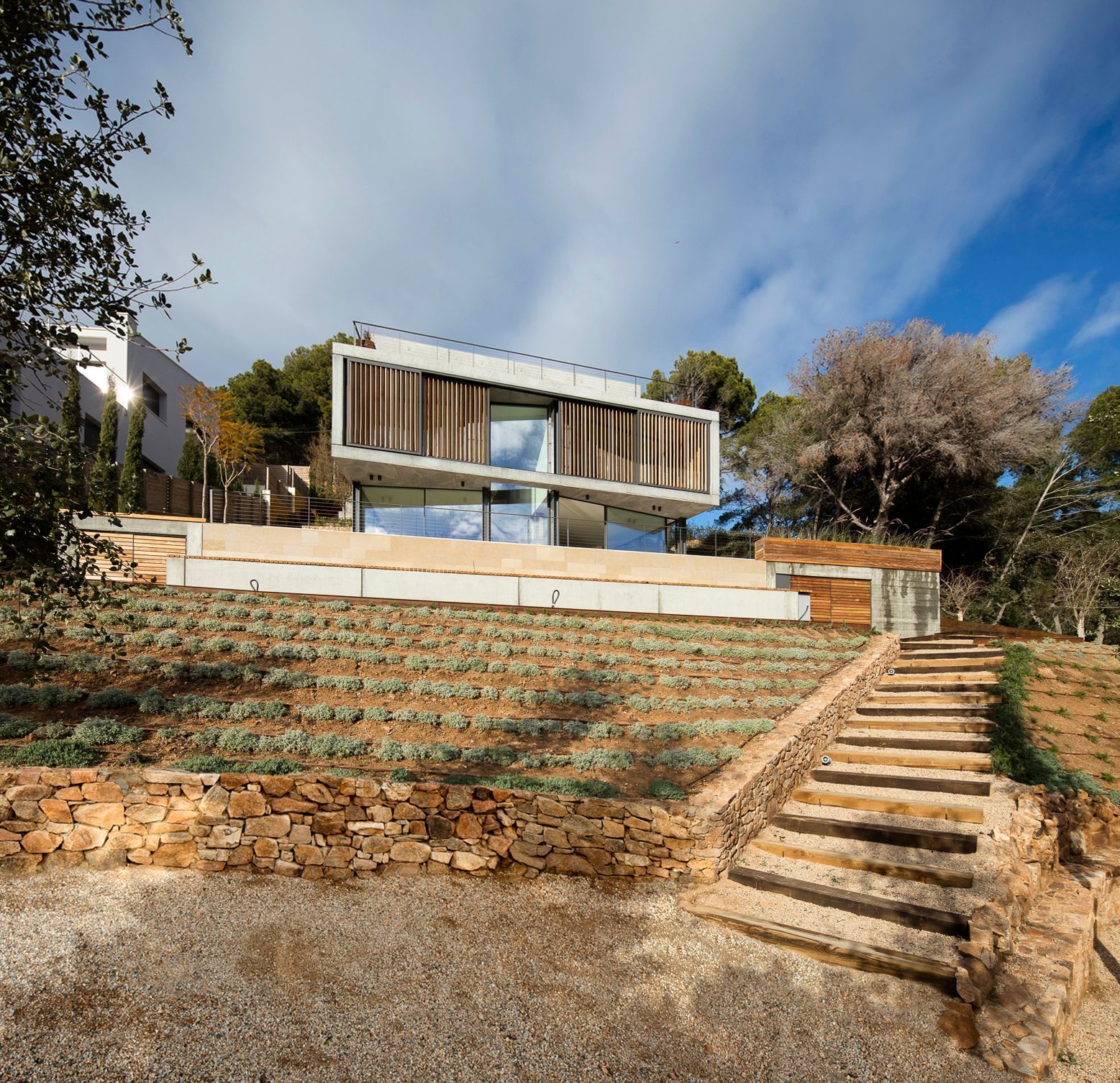Stardust Pavilion: A Mesmerising Installation Unveiled for Art Basel 2023 in collaboration with Miami's Design District
Miami's Design District becomes the canvas for an extraordinary blend of art and architecture at Art Basel 2023 with the unveiling of the Stardust Pavilion.
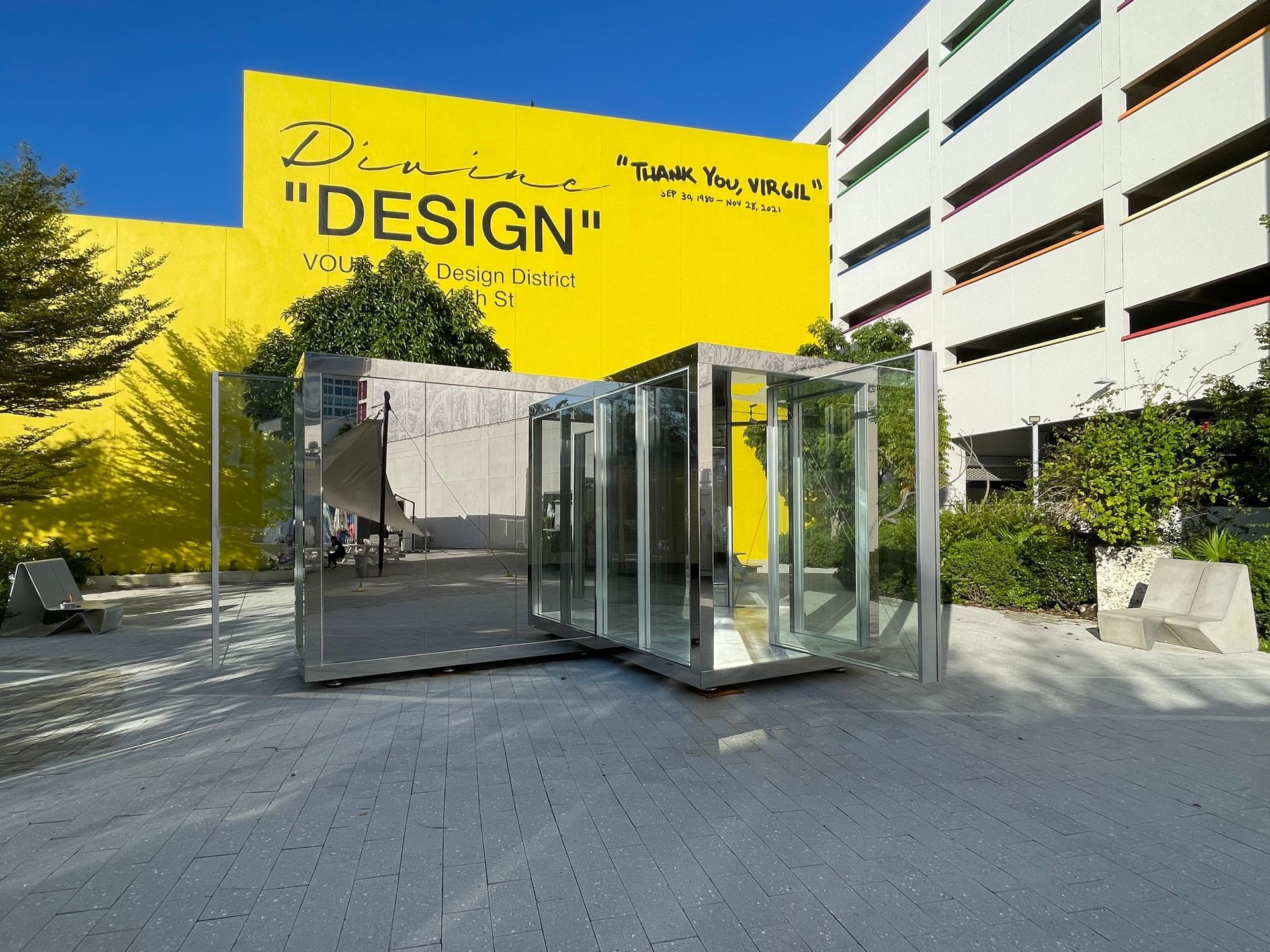
This groundbreaking installation, created by Flare Studio in collaboration with Artworks and OTIIMA, promises to be a unique, experiential highlight, captivating the imaginations of art enthusiasts, design lovers, art collectors, and architects alike. In collaboration with the Miami Design District, Flare is highly pleased to announce that the Stardust Pavilion will also hold within it a work of art by an internationally renowned artist whose works are not usually accessible at this level of intimacy.
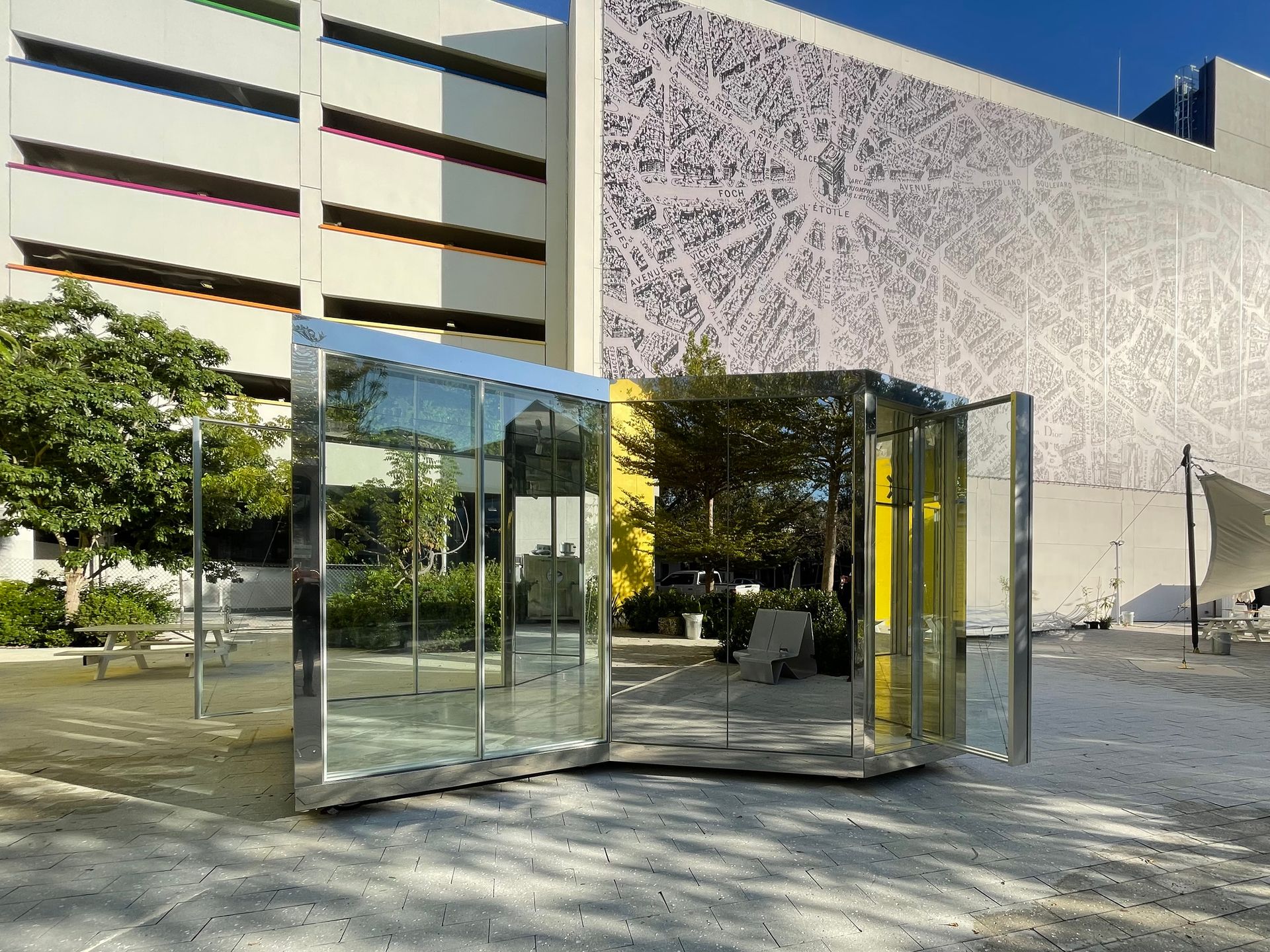
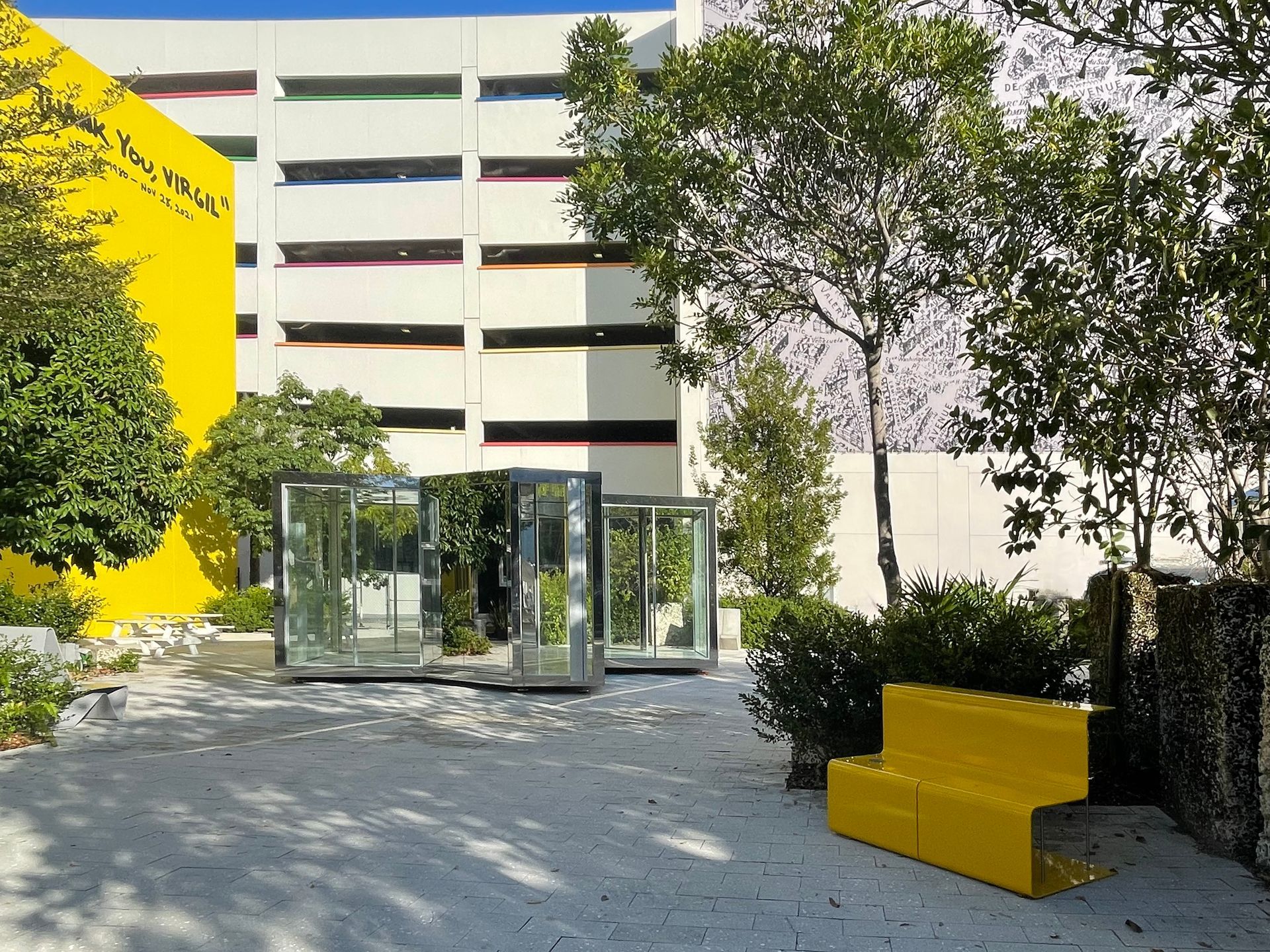
Stardust Pavilion is a visionary creation that reimagines the art experience. Drawing inspiration from the architectural tradition of 17th-19th century "Follies," this ephemeral glass and steel structure reimagines the boundaries of design, aesthetics, and the environment. A testament to human ingenuity and creativity, visitors enter a world where geometry, light, and reflection converge to create an intimate, sensorial experience with themselves, art and their surroundings.
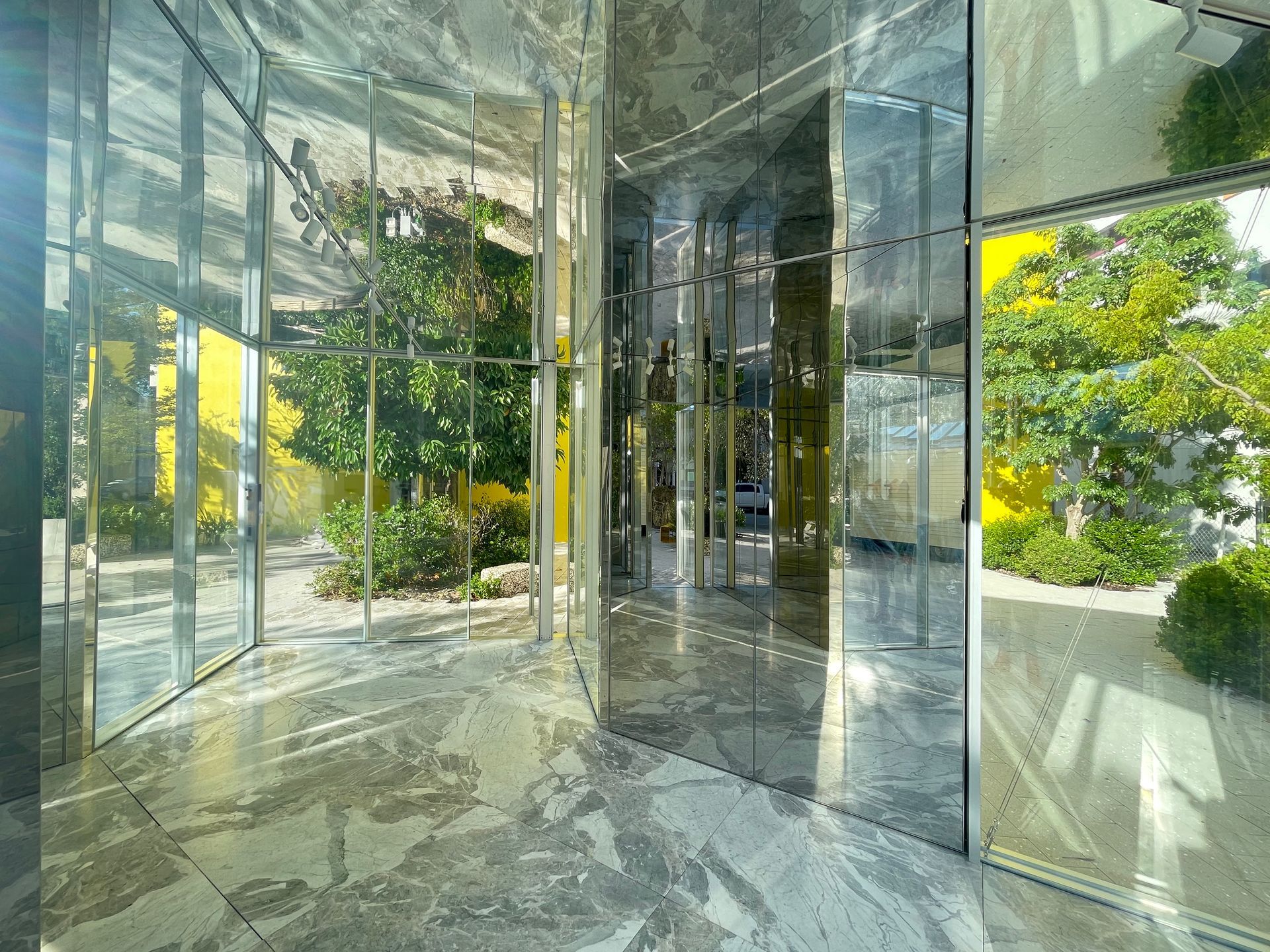
Once inside Stardust, visitors will find themselves enveloped in a mesmerising dance of light and reflection as if surrounded by mesmerising clusters of stars that resemble cosmic dust. The installation's transparent and reflective surfaces create an illusion of shimmering particles suspended in space, blurring the lines between reality and imagination.
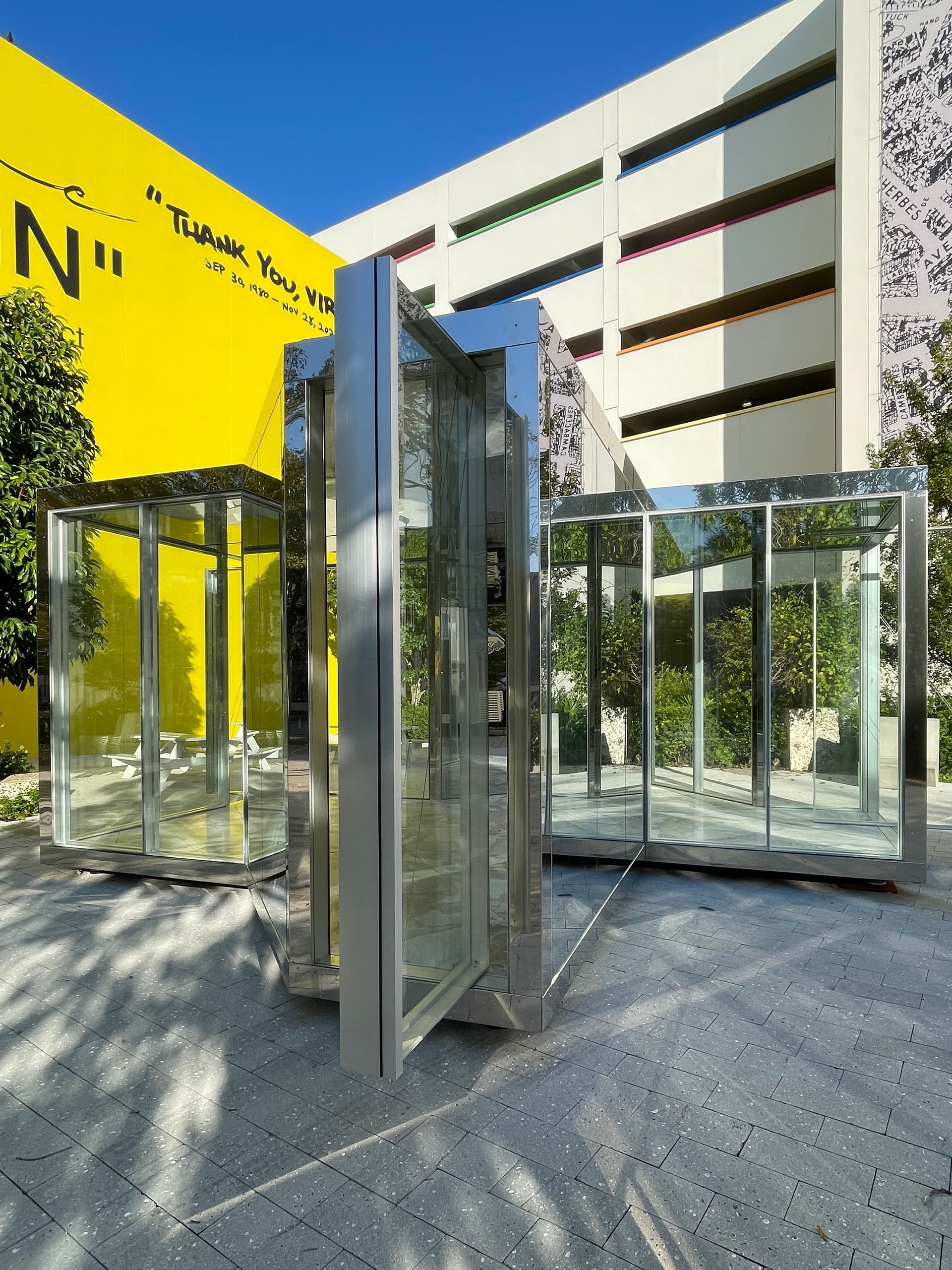
Standing 10 feet tall, the Stardust Pavilion features four openings that provide picturesque views of the natural world outside, allowing visitors to connect with the landscape and the art inside in a dance of perfect harmony. The interior space, spanning 217 square feet, reveals a mirrored ceiling and glass walls that create an ever-changing play of movement and light. Stardust transforms into a captivating garden lantern at night, where fireflies and dragonflies grace the space with their ethereal dance.
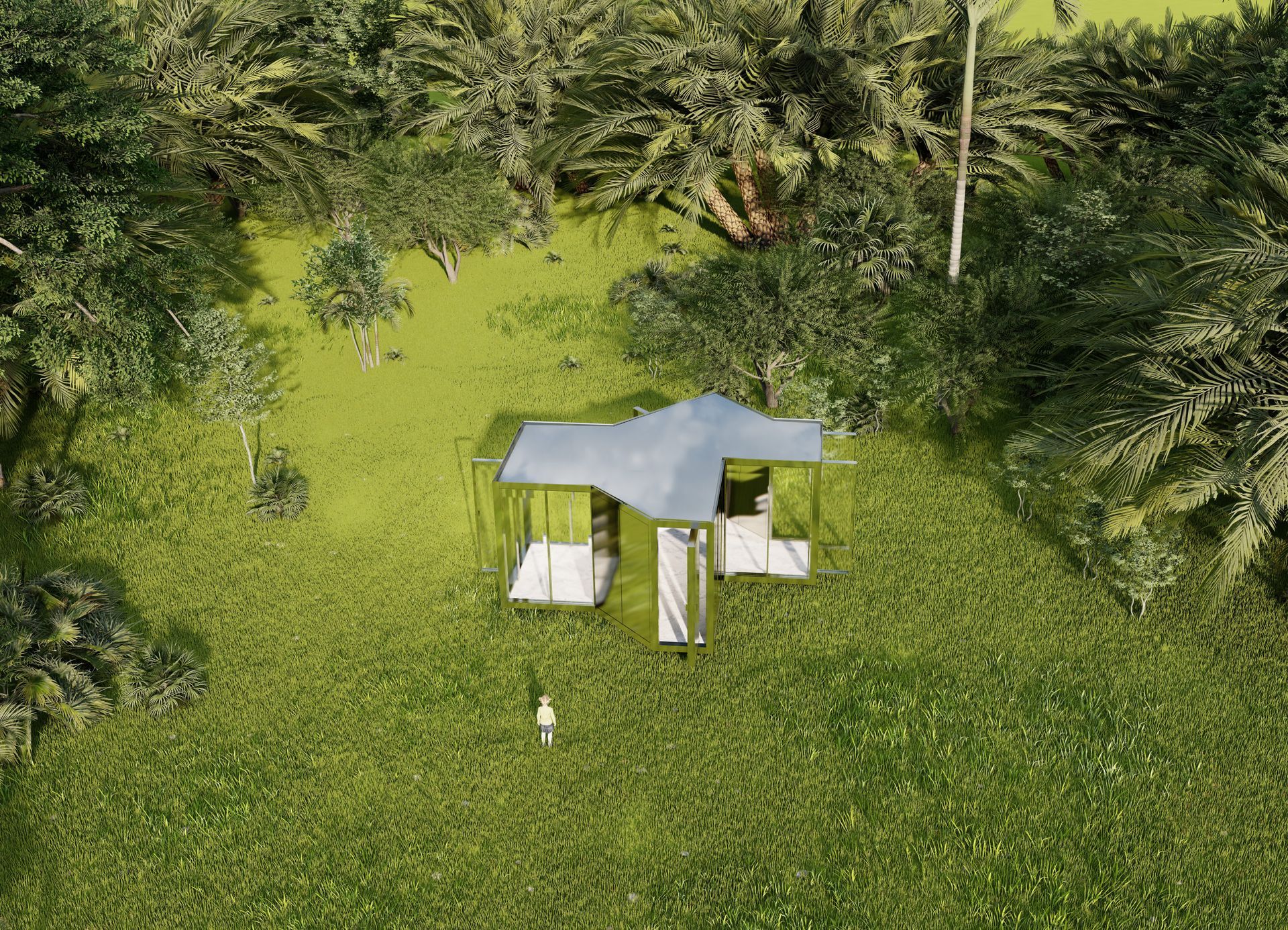
Stardust Pavilion is the first in a series of collectable editions of ephemeral, bespoke pavilions inspired by the architectural tradition of 17th-19th century "Follies." These structures are crafted in Europe with precision and designed to serve various purposes, from intimate art galleries to retreats set in natural landscapes, pop-up dining pavilions, and more. They are constructed using high-end materials and can be easily assembled on-site, offering flexibility and seasonality.

Stardust Pavilion is not just an installation; it's a transformative experience that blurs the boundaries between art and architecture. Stardust, Amaranta and Ana & Chiara will go on display and be open to the public on November 18, 2023. The Stardust Pavilion and furniture series are being constructed in Europe in partnership with Artworks and Otiima and support from Mineral System.
